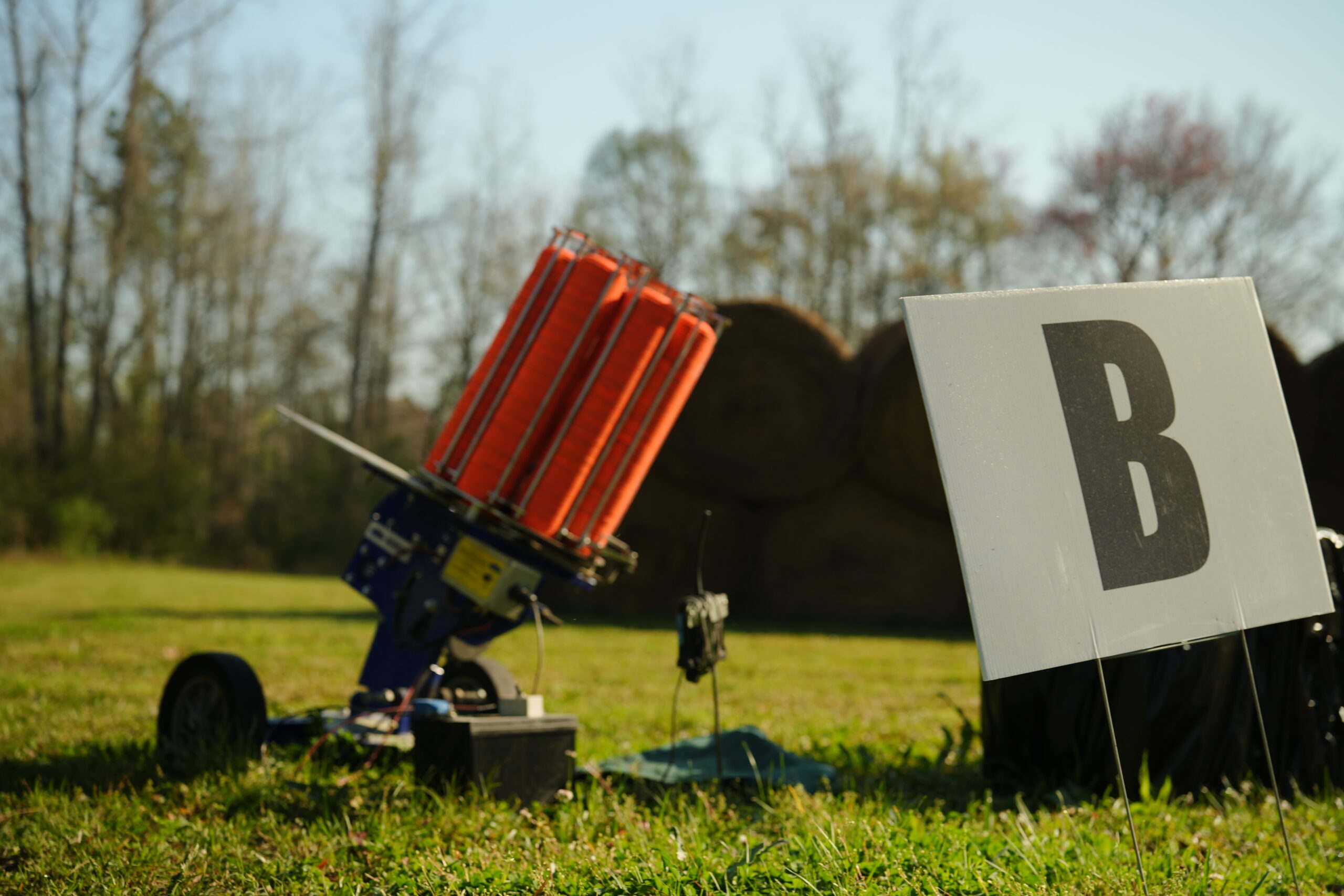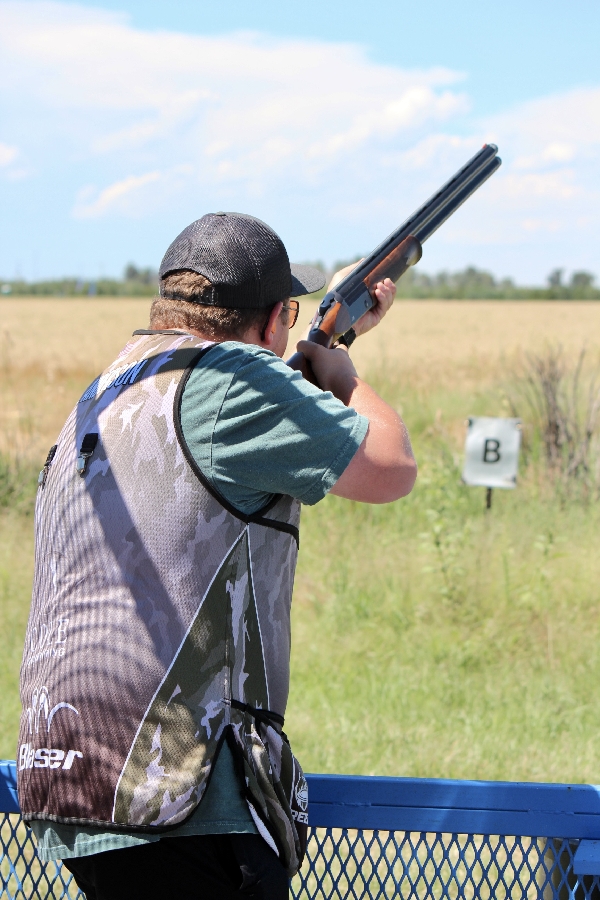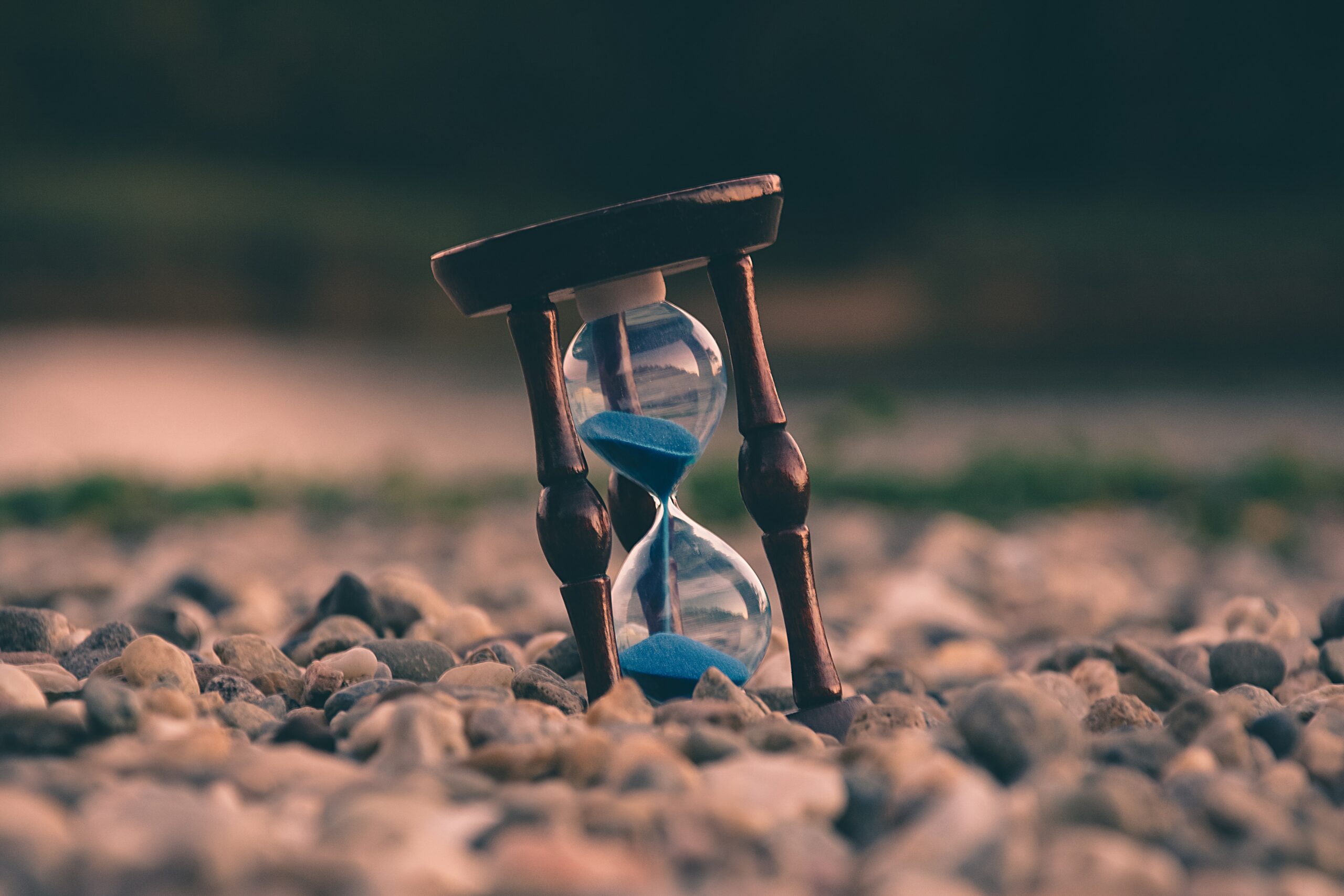Sporting clays is a dynamic and challenging shooting
sport that demands precision, focus, and a deep understanding of its rules and
regulations. Central to the smooth running of any sporting clays event is
proficient officiating. Whether you're a seasoned veteran or a novice
enthusiast, mastering the intricacies of officiating is crucial for ensuring
fair play and accurate scoring. In this comprehensive guide, we delve into the
nuances of sporting clays officiating, from understanding the rules to
executing flawless scorekeeping and announcing results.
Understanding the Rules of Sporting Clays
At the heart of sporting clays officiating lies a firm
grasp of the rules governing the sport. Unlike traditional trap and skeet
shooting, which follow strict, standardized courses, sporting clays offers a
diverse array of targets set across varying landscapes. Therefore, officials
must familiarize themselves with the rules specific to each course layout,
including target trajectory, shooting stations, and safety protocols.
Key elements of the rules include defining what
constitutes a broken target, understanding scoring criteria, and enforcing
safety regulations. A broken target is one that has been successfully hit by
the shooter, resulting in a visible piece of the target breaking off. This
distinction is vital for accurate scorekeeping and determining the outcome of
each shot.
Clay Target Instruction Must Watch!
Anthony Matarese Jr. with Clay Target Instruction covers everything! Share!
Shotgun Wads: Identifying the Telltale Signs
In the realm of sporting clays officiating, discerning
between a target hit and a miss often hinges on the ability to identify shotgun
wads. A shotgun wad is the plastic or fiber component expelled from the shotgun
upon firing, distinct from the clay target itself. Recognizing the trajectory
and characteristics of a shotgun wad is essential for confirming whether a
target has been successfully engaged by the shooter.
Report Pair vs. Simultaneous Pair: Understanding the
Difference
In sporting clays, shooters are presented with various
combinations of targets, including report pairs and simultaneous pairs. A
report pair consists of two targets launched sequentially, with the second
target released upon the firing or "report" of the first. Conversely,
a simultaneous pair entails both targets being launched simultaneously, testing
the shooter's ability to engage multiple targets in quick succession.
Scorekeeping: The Art of "X"s and
"O"s
Effective scorekeeping lies at the heart of sporting
clays officiating, requiring meticulous attention to detail and swift
decision-making. Using a scorecard, officials mark each successful hit with an
"X" for dead birds and denote missed targets with an "O"
for lost birds. This method ensures clarity and accuracy in tallying the
shooter's score and determining their performance throughout the course.
Noteworthy, in sporting clays, a visible piece of the
target breaking off, even if the entire target remains intact, counts as a
broken target or "dead bird." This rule underscores the importance of
attentiveness and keen observation in officiating, as subtle cues may dictate
the outcome of a shot.
Confirming Shooter Order and Announcing Results
Maintaining order and clarity during a sporting clays
event is paramount for ensuring a seamless experience for participants and
officials alike. Confirming the shooter order as indicated on the scorecards
helps mitigate confusion and streamline the flow of competition. Additionally,
announcing the results of each pair shot in a clear and timely manner fosters
transparency and accountability, instilling confidence in the officiating
process.
Communication and Safety: Trapper Interaction
A critical aspect of sporting clays officiating involves
effective communication and collaboration with trappers, who are responsible
for launching targets and ensuring the safety of participants. Officiants must
ensure that trappers are aware of the course manager's identity and know how to
communicate with them in case of discrepancies or safety concerns.
Trappers should be equipped with the necessary knowledge
and training to address any issues that may arise during the event, including
target malfunctions, scoring disputes, or safety hazards. Clear lines of
communication between officiants, trappers, and course managers facilitate
prompt resolution of issues, promoting a safe and enjoyable experience for all
participants.
The Latest Clay Lab Video
Embracing Educational Resources: The Anthony Matarese
Jr. with Clay Target Instruction
Aspiring officiants and seasoned veterans alike can
benefit from educational resources that offer valuable insights and practical
guidance. Anthony Matarese Jr., a renowned figure in the world of sporting
clays, provides an exemplary resource in his instructional video on
officiating. The video, accessible at [insert link], offers a comprehensive
overview of officiating techniques, coupled with real-world examples and expert
advice.
Promoting the Use of Educational Tools in Sporting
Clays Clubs
Sporting clays clubs and organizations are encouraged to
leverage resources like the Anthony Matarese Jr. video to enhance their
officiating programs and train new trappers. By incorporating video instruction
into training curricula, clubs can ensure consistency and proficiency among
officiants, ultimately elevating the quality of sporting clays events and
fostering a vibrant community of enthusiasts.
Conclusion
Sporting clays officiating is both an art and a science,
requiring a nuanced understanding of the rules, impeccable observation skills,
effective communication, and collaboration with trappers. By mastering the
fundamentals of officiating and fostering strong partnerships with trappers and
course managers, enthusiasts can contribute to the integrity and success of
sporting clays events, ensuring a rewarding experience for participants and
spectators alike. Embracing educational resources and leveraging innovative
tools are key steps toward advancing officiating standards and nurturing the
growth of this beloved shooting sport.














